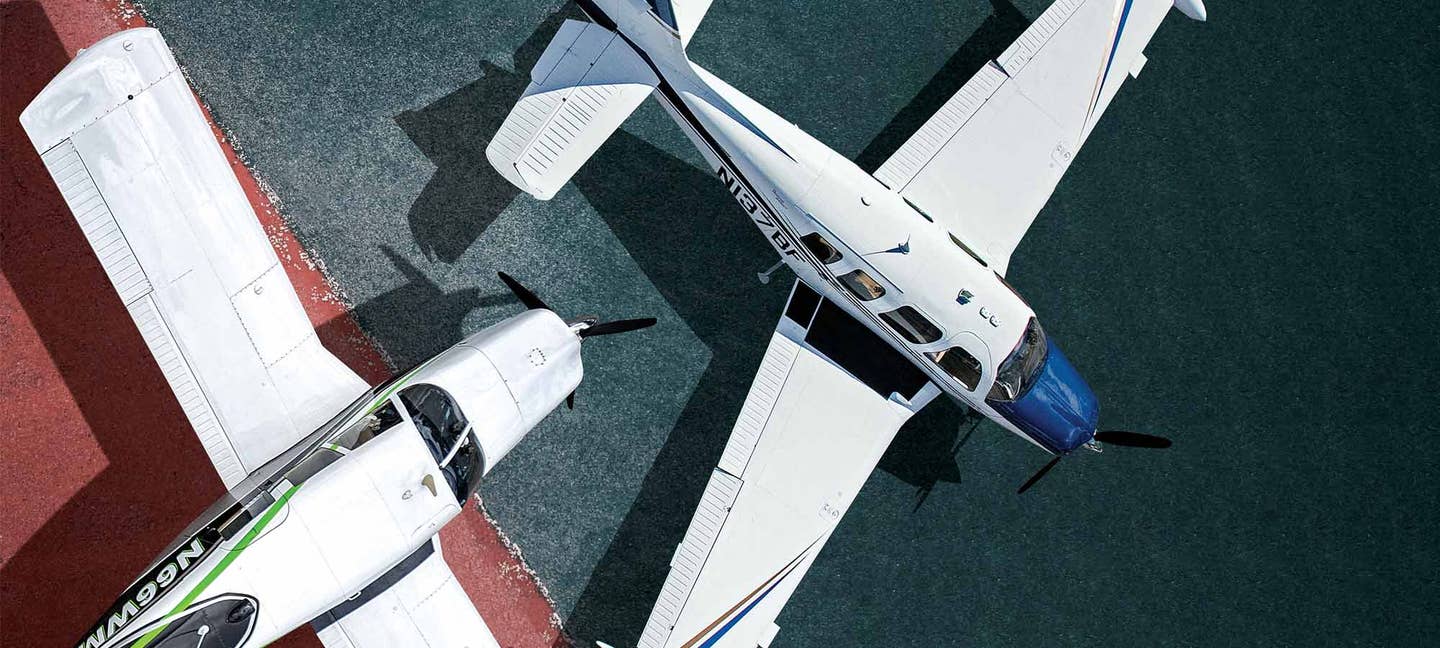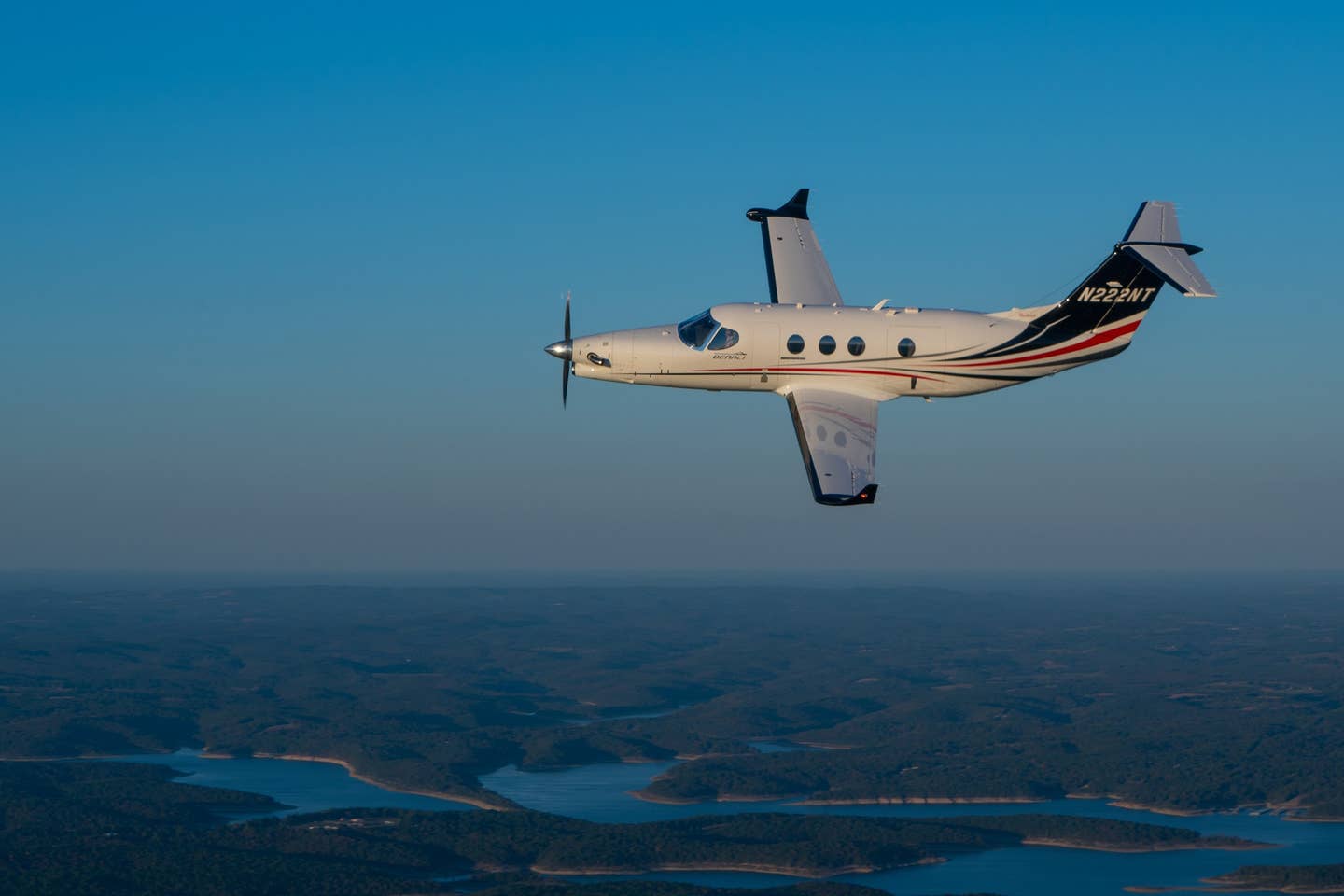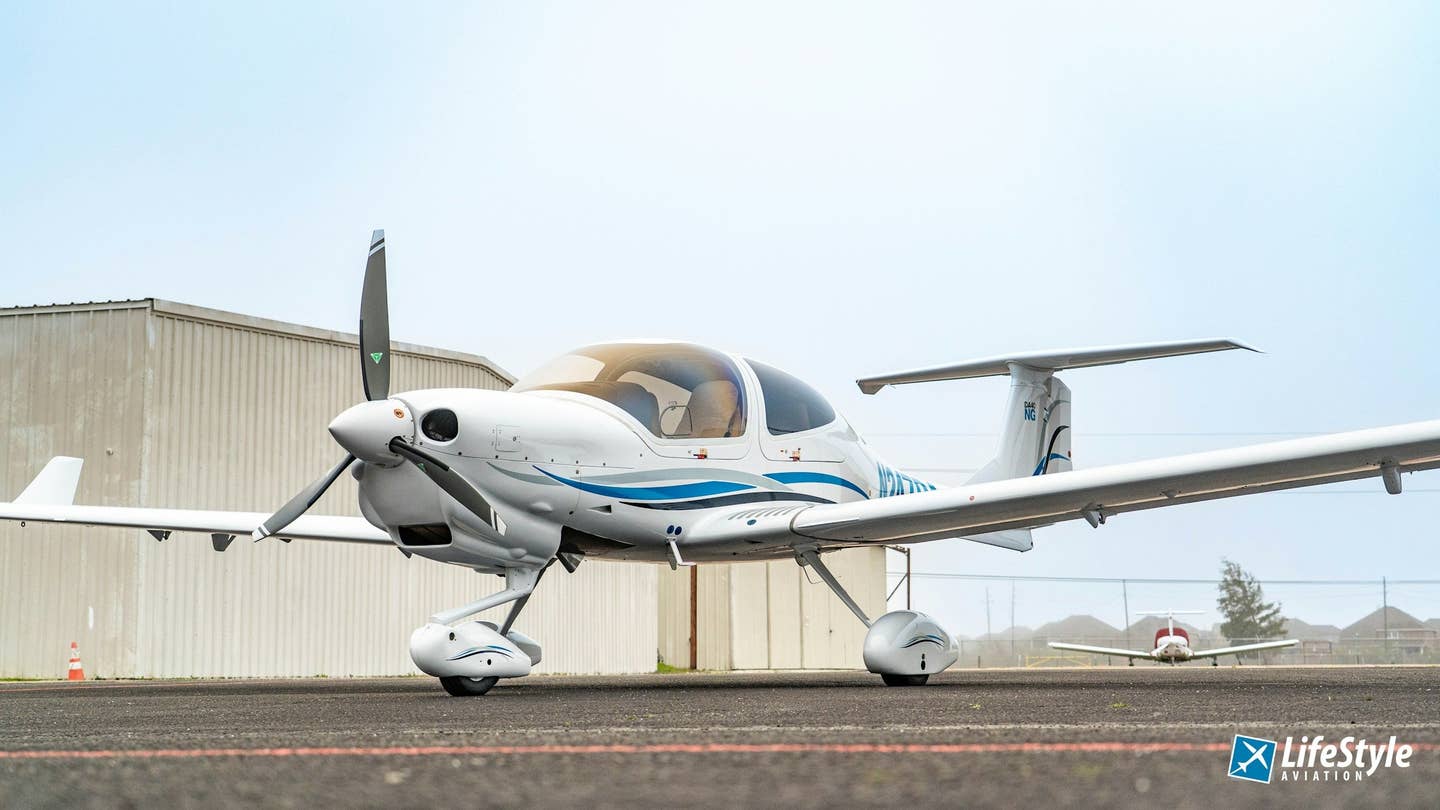
Photo by Terry Shepherd|
Perusing the for-sale sections of used-jet websites turns up some intriguing listings for older Citations, Learjets, Falcons and Gulfstreams, many of which are selling for less than the price of a typical high-performance piston single. When you can pick up a Cessna Citation I/SP for around the same price as a used Cirrus SR22, something’s seriously amiss.
Obviously, if you see a $350,000 price tag on a 1970s-era private jet, you know there’s likely to be a catch. Cheap jets usually need expensive engine overhauls, are due for major inspections or both. They’ll almost certainly have a high number of takeoff and landing cycles on them as well, meaning the courageous would-be buyer will probably end up spending well above the original purchase price to get the airplane in airworthy condition and keep it flying.
Aside from the sky-high costs of maintenance and repairs, older jets also burn lots of fuel. While a Falcon 200 or Learjet 24 is plenty fast, these jets require close to 300 gallons of jet-A per hour, depending on how high you climb. You’ll also need a second pilot and recurrent training to fly them, and these days you’re unlikely to be able to sign up for an all-important maintenance service plan with a provider such as JSSI without doling out exorbitant hourly fees.
Add it all up, and that bargain price for the used jet doesn’t look like such a good deal after all. And that’s before we even get into a discussion of insurance and financing. Chances are you’ll have a tough time finding an insurer who’s willing to write you a policy and about zero chance of getting a loan to buy that 30- or 40-year-old jet with the run-out engines. Better bring cash instead.
More often these days, buyers are scooping up low-cost jets not to fly them but to use them for spare parts on the airplanes they already own. Right now, in fact, there's a 1976 Citation 500 for sale in Trade-a-Plane for the low price of $75,000 (sans engines, of course). Chances are, somebody who already owns a Citation 500 will buy that jet and salvage anything worth saving and reusing.
“The market for older business jets has really taken a considerable hit in the last couple of years,” says Eric Eckardt, president of Flight Source International, a Florida-based pre-owned aircraft sales outfit. “We have an owner right now who just can’t sell his Gulfstream II, and so he’s made the decision to part it out.”
That’s not to say there aren’t buyers out there who are willing to put in the time, effort and money to resurrect an aging bizjet. Large maintenance outfits like Duncan Aviation, Midcoast Aviation, Jet Aviation and others have entire departments dedicated to the business of bizjet refurbishment. An older Falcon or Hawker can be upgraded with an entirely new glass cockpit, fresh paint and modern interior to make it nearly as good as new, for a price. The question is, even if you had the money, would you have the stomach to go through the months-long ordeal needed to make an old jet like new again?
These days you can pick up a jet like this 1970s vintage Learjet 35 for less than the price of a used Cirrus SR22. (Photo by Jet Aviation)|
Used-Jet Refurbishment
The scene inside the hangar at Duncan Aviation in Lincoln, Nebraska, is straight out of a horror movie. Thick coils of wire wind like serpents along the airplane’s pale green interior walls. More wire slithers up from the cockpit floor in bundles as thick as heavy rope. Part of an overhead instrument panel dangles from the ceiling, suspended by more wires. The power levers and rudder pedals remain, but just about everything else that’s readily recognizable to a pilot — the control columns, seats, gauges, radios and annunciator lights — are gone, having been ripped from the flight deck to reveal the utter void left behind.
This lackluster 25-year-old Falcon 50 was undergoing a transformation designed to shed years from its well-worn facade, both inside the cockpit and throughout the rest of its nearly empty fuselage. From the nose to the tail, workers gutted nearly all of the major equipment inside the airplane as technicians crawled over the remains to prepare for a jigsaw puzzle of new furnishings and avionics — hundreds of individual components and parts in all.
The empty passenger compartment revealed more heavy wire bundles running along the walls and disappearing into the depths of the baggage area. Devoid of the usual stylish leather seats and veneer cabinets and tables, the cabin was placed in the hands of a small army of unseen craftsmen who busily fabricated materials in Duncan’s wood and leather shops. Sitting alone on a simple workbench outside the airplane was the new instrument panel, milled from a piece of solid aluminum and ready to accept a modern suite of Rockwell Collins Pro Line 21 flight displays.
Your operating costs, of course, will be exponentially higher in the Lear, especially if you uncover problems like cracked wiring.|
The thought of putting a business airplane through the upheaval that a major renovation entails probably gives most chief pilots and flight department managers heart palpitations. The prospect of signing a check with so many zeros on it certainly stops some owners dead in their tracks. Confusion — and even a certain amount of misinformation — about available retrofit options can make for difficult choices when it comes time to decide what to do with an airplane that has so many air miles on the Hobbs meter.
And let’s face it, the time it takes to perform even a relatively straightforward avionics and cabin upgrade can be a deal breaker for many. Unless the airplane has a high enough hull value to justify the expense, you’re better off leaving the current interior alone and making do with the original cockpit, save for choice upgrades.
While an airplane in the category of a 1980s Falcon 50 might be a good candidate for a major refurb, a 1960s vintage Gulfstream II with high time and lots of cycles probably isn’t. For example, noise regulations will mean having to add a Stage III hush kit to the engines, if that hasn’t been done already — or being forced to steer clear of certain airports. You might also end up shelling out many hundreds of thousands of dollars in unanticipated repairs if corrosion is discovered during a major inspection. Then there are upgrades for RVSM, TAWS and other equipment mandates, if those haven’t already been addressed.
Here again, airplanes of such advanced age are more often being sold for spare parts. There’s still life left in a GII or GIIB, but the end of the line is approaching. Sure, you can buy one for $500,000 and put the money into it to get it into the air and keep it there, but you’ll probably be the airplane’s last owner, since the cost of avionics upgrades, engine and landing gear overhauls, corrosion repair and major inspections will eventually overwhelm the owner and tip the cost-benefit equation strongly in favor of finding a newer airplane. Just ask anybody who’s tried to keep an aging Jetstar, Sabreliner or BAC 1-11 flying. Nowadays it’s almost impossible.
|
An Evolving Market
As the older Gulfstreams, Challengers, Citations and Learjets that were once the heart and soul of business aviation approach the end of their useful lives, buyers will have no choice but to upgrade to newer airplanes. Partly as a result, the market for business jets is slowly recovering, and that means desirable used models are again becoming harder to find. It will probably be quite some time before we see demand — and prices — hit the same levels they did during the bizjet boom in 2007 and early 2008, but there’s no question the inventories of used jets are continuing to fall as coveted models are snapped up and undesirable airplanes are sold for scrap.
That’s good news for manufacturers, which stand to benefit from the squeeze put on buyers. Honeywell’s latest annual business jet forecast is projecting the delivery of 10,000 new airplanes worth around $230 billion in the next decade. While that may be optimistic, there’s no question the market is turning a corner as the stock market hits new highs and unemployment dips. We’re also seeing an uptick in demand in emerging markets in Asia and South America, both for new and used jets. Though it seems like forever since the industry had some good news to talk about, manufacturers are starting to believe that the worst of the economic downturn is well behind them.
A newer trend in the industry centers on the sale of modernized "remanufactured" business jets that take an older airframe and make it new again with upgraded engines, a modern glass cockpit, a fresh coat of paint and a completely new interior. These programs truly offer an alternative to buying new or gently used. As the business jet fleet continues to age, look for more of these programs to emerge.
Older jets like the Gulfstream II and III might look good sitting on the ramp, but it can be tough to keep them flying. High cycle times can translate into expensive repairs, while noise restrictions limit where they can fly without hush kits.|
Of course, not every pilot is looking for a business jet when considering moving up to the turbine world. A whole subculture in aviation has been built around flying surplus military jets, with the most popular being the Czech-built Aero Vodochody L-39 Albatros, which you can pick up nowadays for about the price of a Van’s RV. Other options include the British-made BAC Strikemaster, the Aero Vodochody L-29, the PZL-Mielec Iskra jet trainer and the venerable MiG 15. Here again, maintenance and fuel burn command far deeper pockets than the original purchase price might suggest.
So, should you consider buying a bargain-priced jet? As long as you understand all the other expenses you are likely to incur, certain airplanes can offer good value. Others, of course, will become bottomless money pits and probably giant headaches too. If you throw enough money at them, can they be transformed into good airplanes? Sure. But you’re almost certainly better off forgoing the “bargain” airplane in favor of something newer that can be placed on a maintenance service plan or, even better, is still under warranty.
Or you can play it really safe and stick with the Cirrus.

Sign-up for newsletters & special offers!
Get the latest FLYING stories & special offers delivered directly to your inbox






